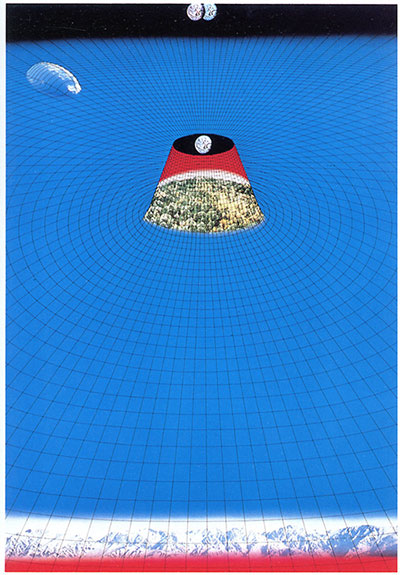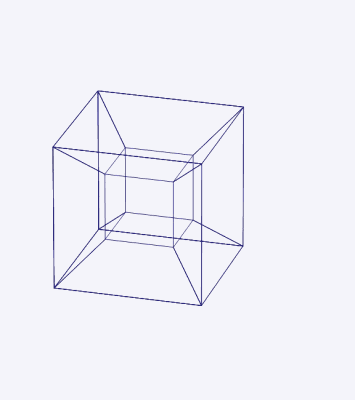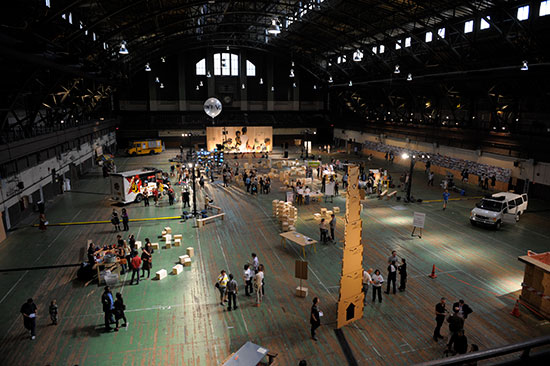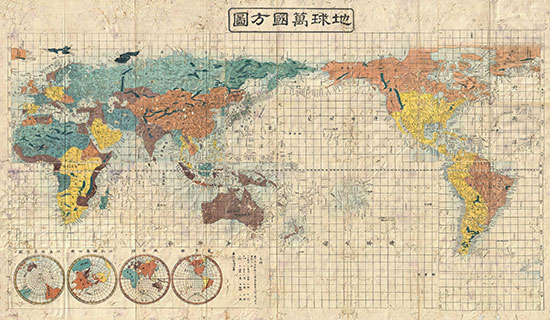This is an image from the Snowden files. It is labeled “secret.”1 Yet one cannot see anything on it.
This is exactly why it is symptomatic.
Not seeing anything intelligible is the new normal. Information is passed on as a set of signals that cannot be picked up by human senses. Contemporary perception is machinic to large degrees. The spectrum of human vision only covers a tiny part of it. Electric charges, radio waves, light pulses encoded by machines for machines are zipping by at sl...
Issue #72
April 2016
With: Hito Steyerl, Nathan K. Hensley, Lindsay Caplan, Ben Davis, Ana Teixeira Pinto, Orit Gat, Yates McKee, Benjamin H. Bratton
The word “data” comes from the Latin dare, which means “give.” This evolves into datum, which signifies something given. Data is what is given; Big Data, many given somethings. Gifts are given, too, but it's hard to think of data as a gift—and nearly impossible to think of Big Data as a Big Gift, though it certainly appears that way to some.
But then the history of gifts is more equivocal and ambivalent than market society can easily recall. To give a big gift is also to place the recipient i...
View List
View Grid
9 EssaysApril 2016
I. “Enemies’ dead strewed the town”
At the British Library, dispatches from the frontlines of England’s merciless 1857 to 1858 counterinsurgency campaign in India are collected into folders marked “Miscellaneous Indian Mutiny Papers” and “India Office Records and Private Papers.” They read as a perverse and staccato kind of poetry, shaping tidings of insurrection and its suppression into the idiom of war-state bureaucracy, a jargon further formalized during its compression into the argot of e...
In that Empire, the Art of Cartography attained such Perfection that the map of a single Province occupied the entirety of a City, and the map of the Empire, the entirety of a Province. In time, those Unconscionable Maps no longer satisfied, and the Cartographers Guilds struck a Map of the Empire whose size was that of the Empire, and which coincided point for point with it. The following Generations, who were not so fond of the Study of Cartography as their Forebears had been, saw that that v...
Why return to the history of connoisseurship, and why now? Its particular virtues—deep looking, an eye for subtle markers of historical merit, and an obsession with the “hand of the master”—seem rooted firmly in the past at a time when art is ever more obsessed with the present. An essay on “Marxism and Connoisseurship” today is likely to seem both ridiculous and dubious, like proposing a political recuperation of dressage. Yet I think that theorizing where we stand in relationship to the concep...
We are sometimes given a vagina—and that designates a “woman”—virgin, bride, etc.—and sometimes a penis—and that indicates a “man”—bachelor, groom, etc. This physiological accident was never anything more than the effect of an assuredly ironic causality: the laws of Euclidian geometry. In a four-dimensional study … vagina and penis, like an anamorphic illusion, would immediately lose all distinctive character. It is the same object that we would sometimes see as “male” and sometimes as “female...
I.
Imagine, if you must, walking into an exhibition space and encountering work so oblique you don’t know what to make of it. You start looking for text. First on the wall, then, by the door or a desk someplace. You scan whatever copy you can find, searching for coordinates, landmarks, bits of conceptual breadcrumbs, or a bright stripe of familiarity amidst the thicket of ideas. You hope to find some meaning in the work in front of you. Sometimes you do.
The average museumgoer stands in fr...
“We strike art in order to liberate art from itself.”
—MTL1
In the fall of 2008, at the height of both the electoral season and the global financial crisis, a sprawling exhibition entitled Democracy in America was set up by the public arts organization Creative Time for one week inside the Armory building on the Upper East Side of Manhattan. The title of the project at once ironized de Tocqueville’s infamous celebration of the “exceptional” nature of US political culture, while also allu...
September 30, 2001
The South Pacific Ocean (which some call simply “the Ocean”) is composed by an indefinite and perhaps infinite number of geometric configurations with vast planes of salt water in between, surrounding very low carpets of sand. Among these are the Spratly Islands, claimed by no less than seven countries: China, Malaysia, the Philippines, Brunei, Indonesia, Vietnam, and Taiwan. From any of the Spratlys one can see, on the interminable horizon, the upper and lower registers of...








